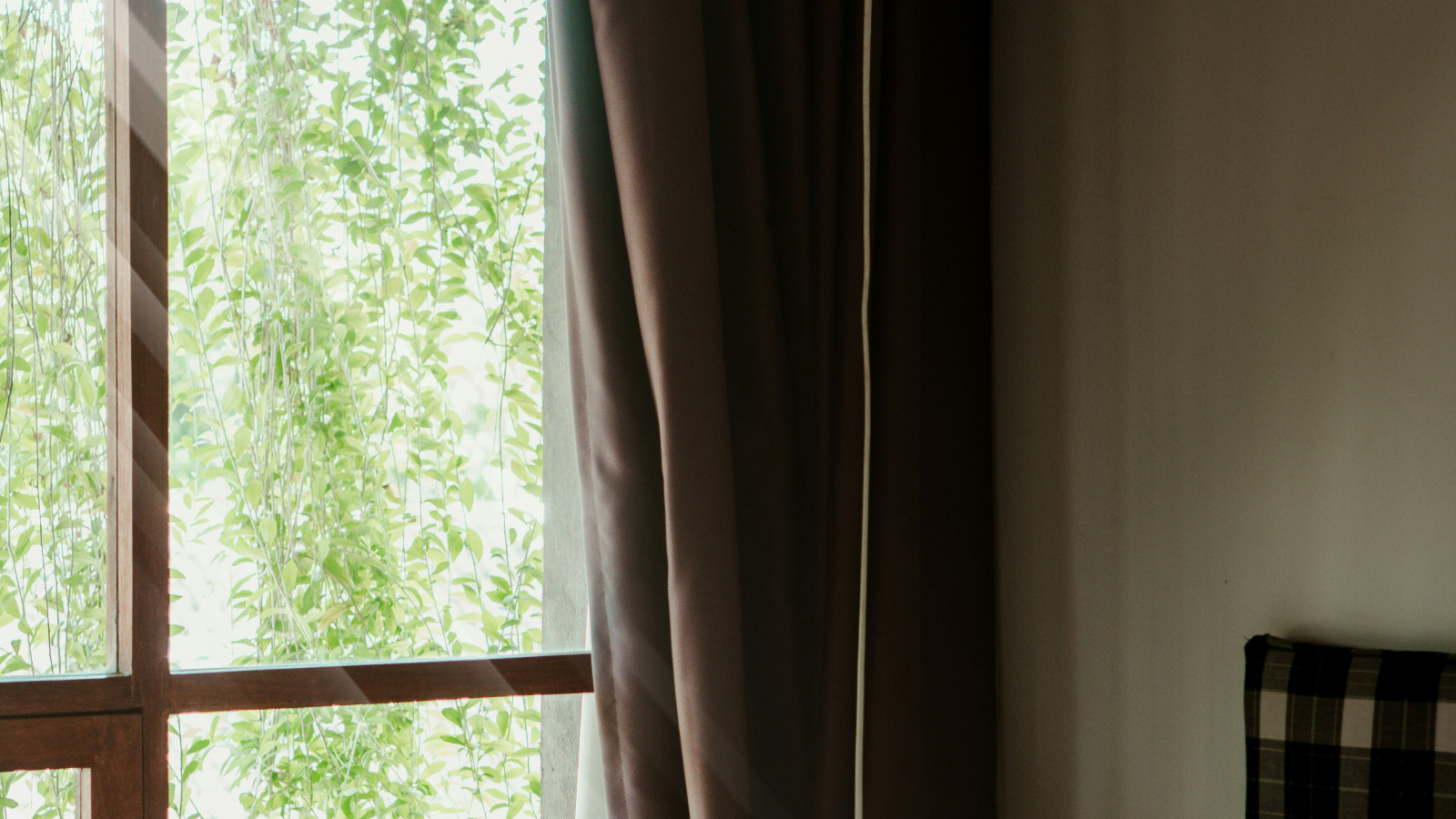On 5th March this year, 2024, I received a general promotional email from “Glass & Windows in Australian Architecture”. The lead article was written by a Dr Peter Lyons – Building Physicist, and it is titled “Need to Reduce Summer Heat Gain - IGU’s Optimise Performance”. (IGUs are Insulating Glazing Units.)
The emphasis of the article is on the performance difference between Single-Glazed and IGUs, and it also discusses the use of low-emissivity [low-E] coatings on the glass, and the important different effects of having it on face 2 or 3 (those within the cavity) of the double or triple glazed windows.
For the topic of this Detailed Blog, the fifth paragraph is relevant which in part states that: “The construction detailed above [the make-up of an IGU] results in conducted heat through a double-glazed IGU being reduced up to 80% compared with 3mm single glazing, or more than 85% in the case of triple glazing.”
With a change from single to double glazing there is an obvious and dramatic difference, but is the additional 5% gain worth the expense and hassle of having the additional third glass pane? And would the average occupant be conscious of this small difference? In New Zealand the primary use for multi-pane windows is to moderate heat loss during inclement weather.
By adding a third pane, the weight of the window increases by around 50% and the thickness by nearly the same amount. The aluminium frame equally increases in depth and also requires a much heavier section to carry the greater weight. Can a plastic thermal-break be accommodated which will handle the additional stresses imposed? When it comes to sashes, and hinged and sliding doors, there will be appropriate heavy-duty hardware, but how do the less robust occupants safely control and deal with the significantly increased momentum of the moving sashes and doors?
Once specified and installed, windows are a static element within the thermal envelope of the building but the environment they are in (the weather) is a very dynamic influence which is forever changing from hour-to-hour, day-to-day following diurnal and seasonal cycles. The selection of the characteristics of the glazing therefore must be a compromise, and not a small one. Some control is provided by including a selection of controllable opening/closing elements but the location and areas of these must be objectively calculated.
If there is a genuine requirement for additional control of heat loss from windows then there is an alternative and much simpler solution than substituting triple-glazing for the commonly fitted double-glazed units. This is the humble multi-layered curtain. When properly made, fitted, and operated curtains are a far more effective and versatile controller of heat loss than a third sheet of glass. Of course manufacturers and suppliers of IGUs have no economic interest in providing curtains.
In past blogs I have expressed my views on the value of properly made and installed fabric curtains. The first was in the August 2015 blog post, 'Thermal Drapes: Do They Work as Insulation?' , with a follow-up in June 2019; ‘The Insulating Effect of the Humble Curtain Revisited’.
Don’t get me wrong, triple-glazing definitely does have a place in the range of solutions available to control heat losses from houses, but is this the first option for the majority of our urban dwellings, especially in the northern regions where most of the population live? Will triple-glazed IGUs “… reduce summer heat gains…” ?
Through EcoRate Ltd – Architect I provide objective independent passive solar thermal performance analysis and advice on sustainability matters, to architects, designers, builders, manufacturers, and others in the construction industry, included those proposing to build a new home.
For more information feel free to contact Keith at EcoRate Ltd on 021 890 251, [email protected], or our website www.settlement.co.nz.




























 Most Popular
Most Popular Popular Products
Popular Products


